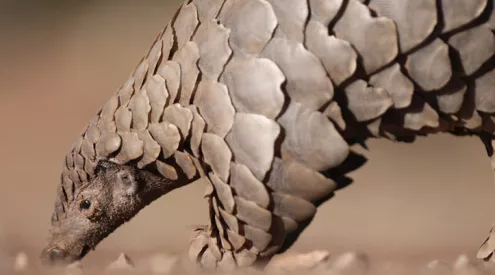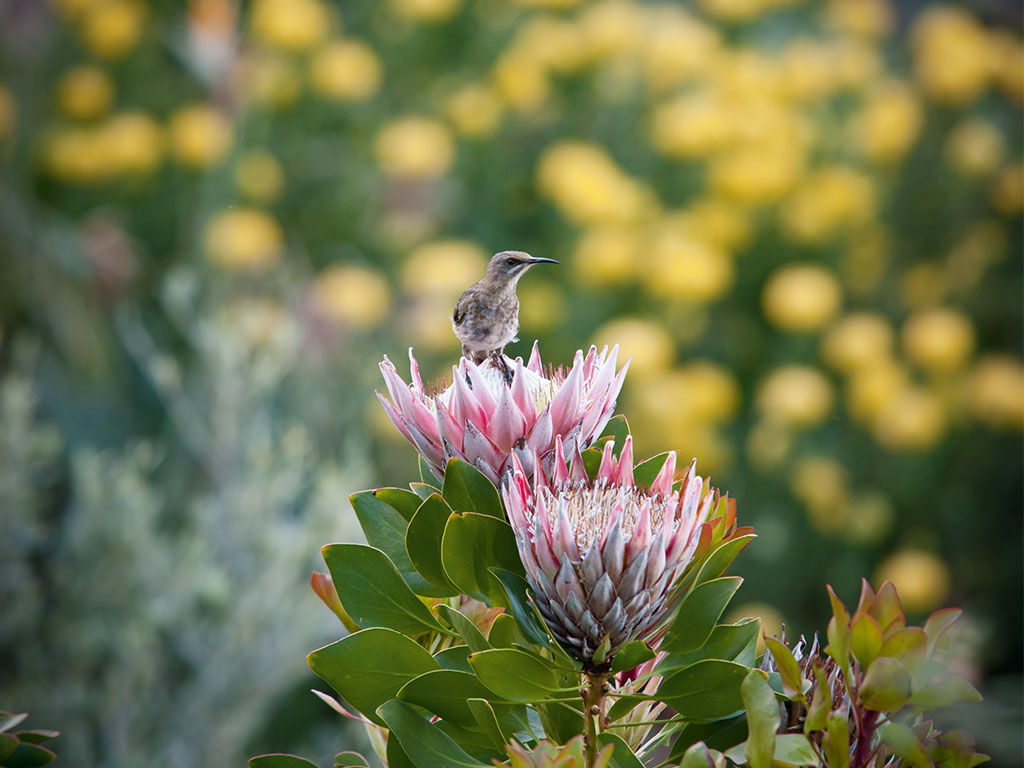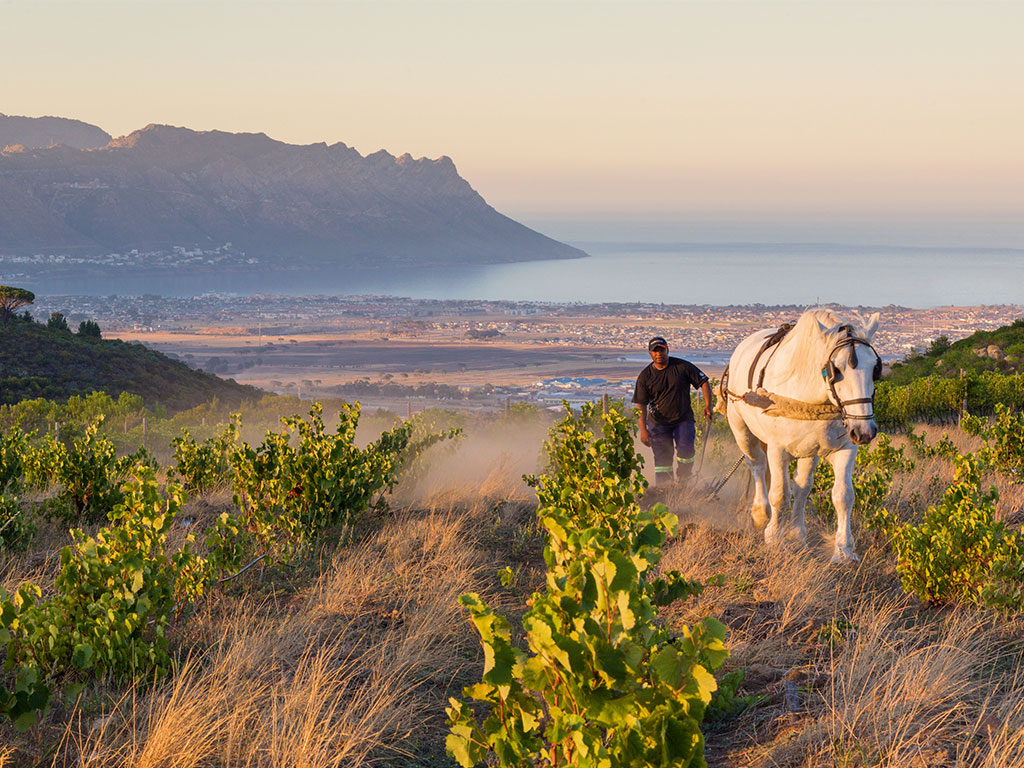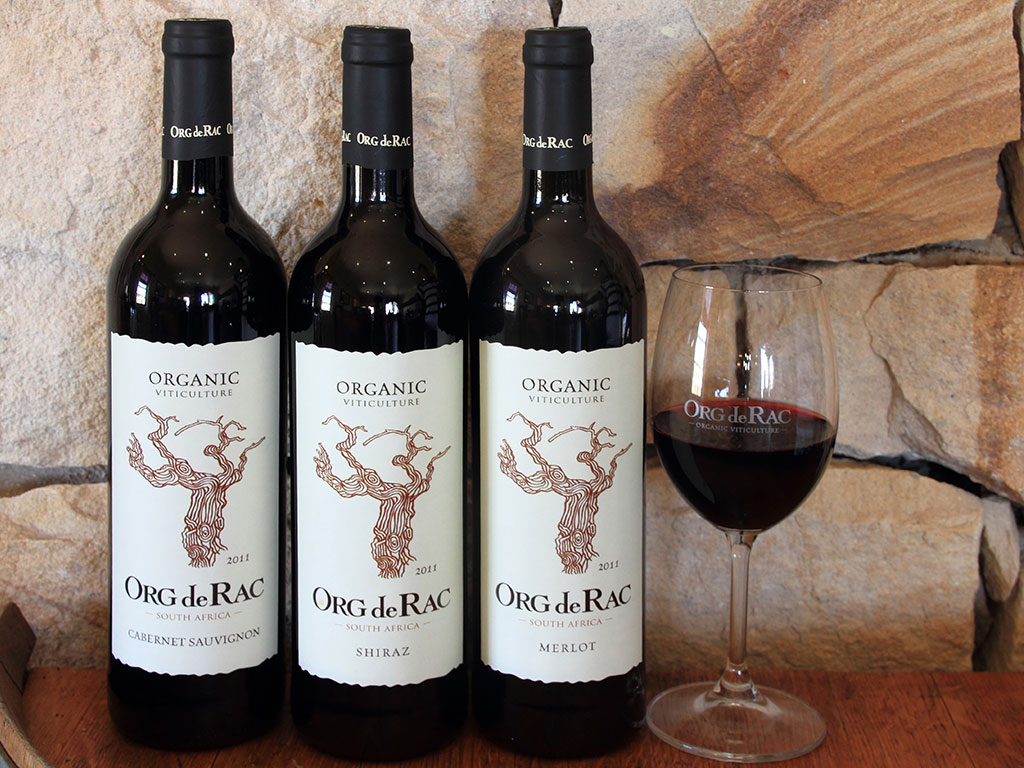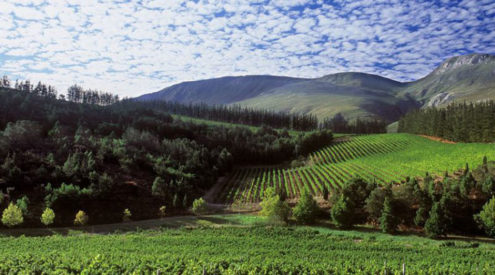The simple answer: wine that’s delicious and good for the planet.
In our November issue, we have the top list of wines that come from healthy environments. Here’s a little info about the Getaway Green Wine Awards.
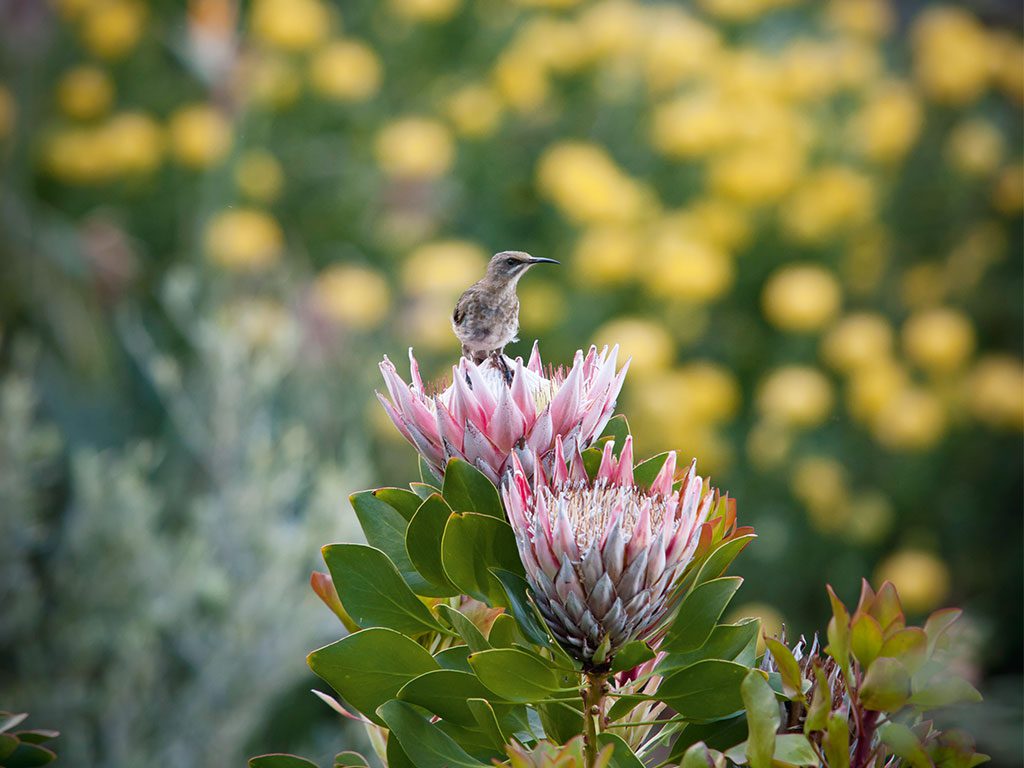
South Africans mirror broader trends taking place abroad: recycling, using solar power, eating organic fruit and vegetables, choosing free-range and antibiotic/ hormone-free meat and eggs whenever possible. The latest initiative, water saving, has been prompted by drought in Gauteng, KwaZulu-Natal and the Western Cape. Plastic water catchment and storage units attached to gutter downpipes are the latest accessory for eco-conscious homeowners. When it comes to the fermented fruit of the grape, it’s no different. There are ‘greener’ options.
The process of winemaking is simple: crush the grape, extract the juice, inoculate it with yeast to start fermentation and – voila! – wine. That’s a crass simplification of the process, but beyond the mystique – which can put people off – wine is ultimately a beverage meant to be enjoyed.

It should be easy: choose a style of wine you like (or a bottle with a pretty label or name) that’s in your price range. If it’s white, chill it, then open it, sip and enjoy… But how much do you really know about what’s gone into that bottle of wine, especially if you consider yourself to be environmentally conscious?
Next time you take a bottle of wine off the shelf, look for a little sticker with a green protea emblem on the neck. In bold type, it states: ‘Integrity & Sustainability Certified.’ It’s a guarantee that the wine has been made as environmentally sensitively and sustainably as possible. There are a host of processes involved in getting the grape to the cellar in tip-top, eco-friendly shape. The great news is that South Africa is a world leader in this regard: around 94 per cent of all SA wines conform to the rules of our Integrated Production of Wine (IPW) certification system.
Integrated production vs organic farming
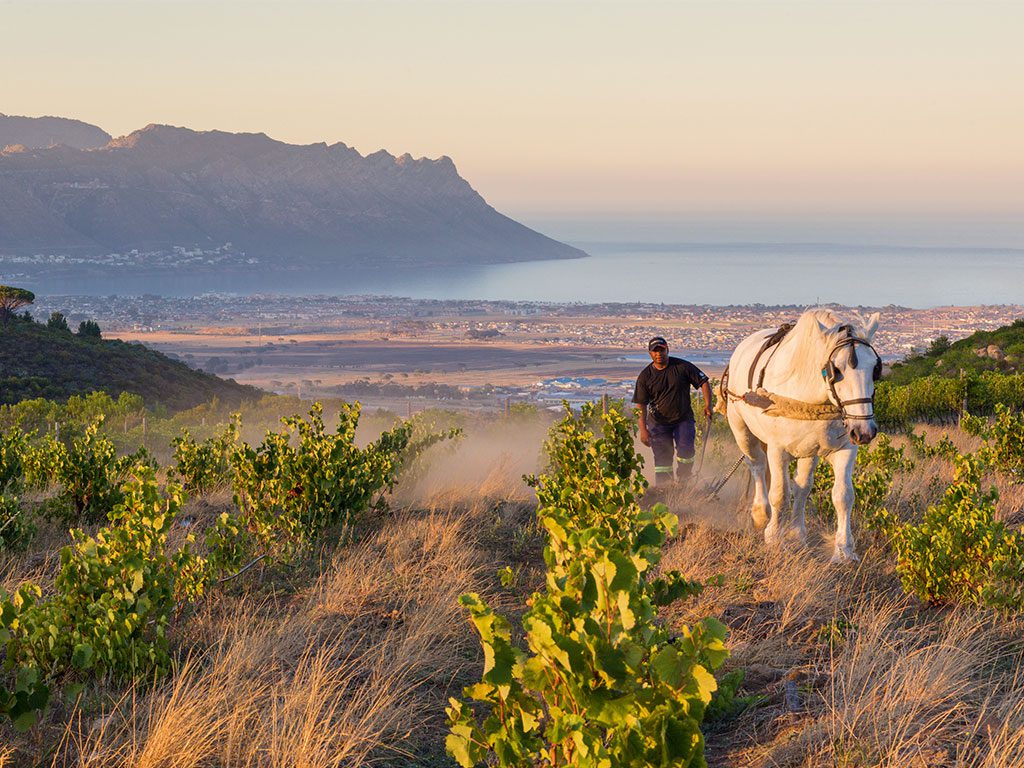
Waterkloof uses Percheron draft horses to assist with ploughing, spraying and harvesting (instead of using tractors), which prevents damage to the soil and vines and lowers carbon emissions.
Integrated production of wine (IPW) is a holistic approach to the entire farm environment. It requires that ‘all natural areas as well as cultivated areas be managed in such a way that all possible negative impacts on the environment are limited to a minimum or eliminated altogether’. IPW requires that each farm has a management plan that addresses the environmental risks on the cultivated portions of the farm and includes conservation of the natural areas.
Certified IPW wine producers track every step of the process taken in the making of their wines – including how much diesel the tractor used while spraying in the vineyards, what sprays were used, how the chemicals were stored (and the used containers disposed of), the amount of water used to rinse the spray tank, the carbon emissions of the tractor … and that’s before a single grape has been picked!

The fluid in the cooling jackets that control the temperature of tanks is also specified and must conform to international regulations, while waste water and even the leftover grape skins and pips have a management plan.
Then there is organic farming. Keeping things as natural as possible is key – so it means natural pest control measures (for example, ladybirds to prey on mealy bug infestations in vineyards) or natural sprays and remedies for weed and plant control. Furthermore, certified organic producers have to undergo a three-year conversion process as well as a stringent audit by an internationally accredited organisation, all the while maintaining and observing strict cellar regulations.
Many a local wine farmer cites this lengthy conversion process and the high cost of certification as reasons for not taking that route. The current Platter’s 2017 South African Wine Guide lists only 25 certified organic producers and three biodynamic operations in South Africa, but slowly more are making the change.
The taste test
Can you taste the difference between a wine made from organic grapes as opposed to one that is IPW certified?

A decade ago, experts would have said yes because the organic wines were not quite as palatable. But times have changed, along with farming methods and production aesthetics, too. Nowadays IPW farmers have adopted many techniques that organic producers live by – such as planting cover crops between vines to retain moisture, replace nutrients in the soil and keep weeds down, rather than spraying toxic herbicides and fungicides between rows. Many farms, even conventional ones, use ducks to waddle through the vineyards and feed on snails while simultaneously providing manure to fertilize the soils.
When it comes to the wine making, there’s less emphasis on technology and a return to the more natural approach, while still respecting the science. Organic wines tend to have lower sulphur levels, which are friendlier to the wine as well as to consumers. And natural fermentation is no longer a dark art. It simply involves allowing the ambient native or ‘wild’ yeasts to kick-start the process rather than relying on a packet of commercial yeast mixed up in a bucket and poured into a tank of juice. It just takes a little longer for the juice to become wine because native yeasts are less powerful than commercial yeasts; instead of seven or 12 days for the juice to convert the fermentable sugars to alcohol, it might mean a month or more.
Is it worth it? You be the judge – with the help of this year’s Getaway Green Wine Awards.
And because the wine makers are taking such good care of their land, creating back-to-nature areas of beauty, we’ve also asked them to recommend the highlights of a visit to their neighbourhoods.
Read more about the Getaway Green Wine Awards in our November issue.
Our special green issue features the best off-the-grid campsites, fantastic holiday stays in Wilderness, an affordable jungle trail in Borneo and incredible eco-lodges in Zanzibar!





